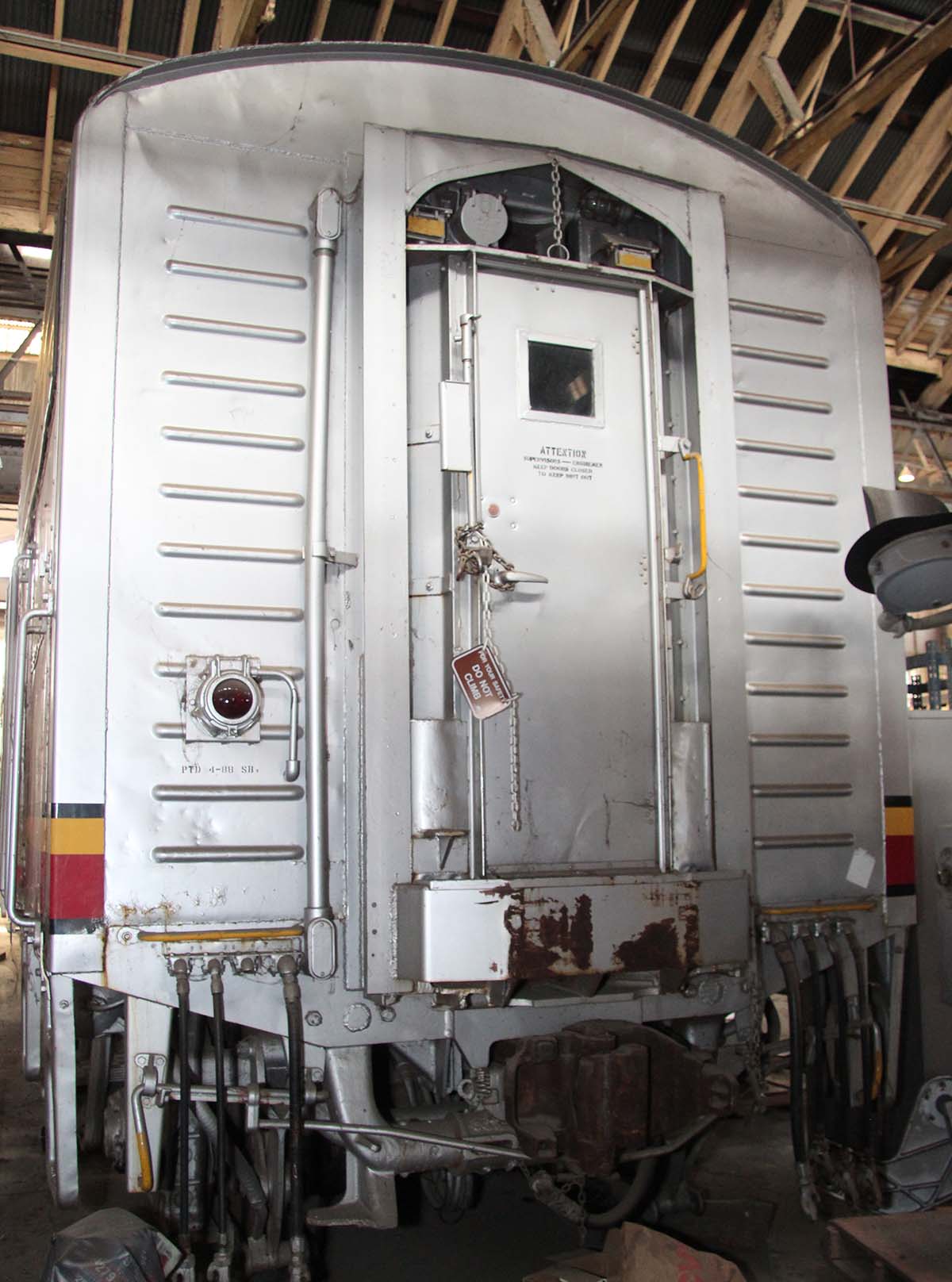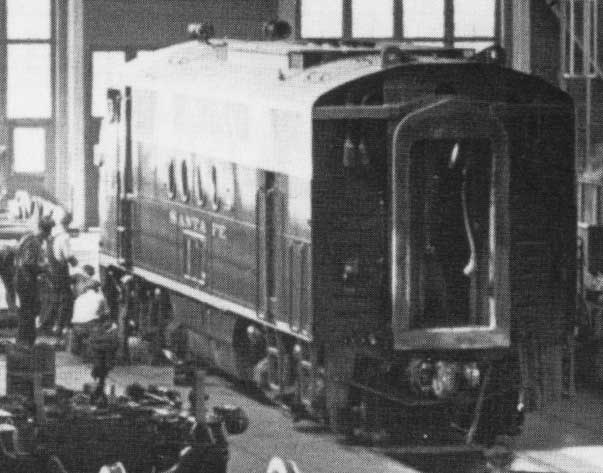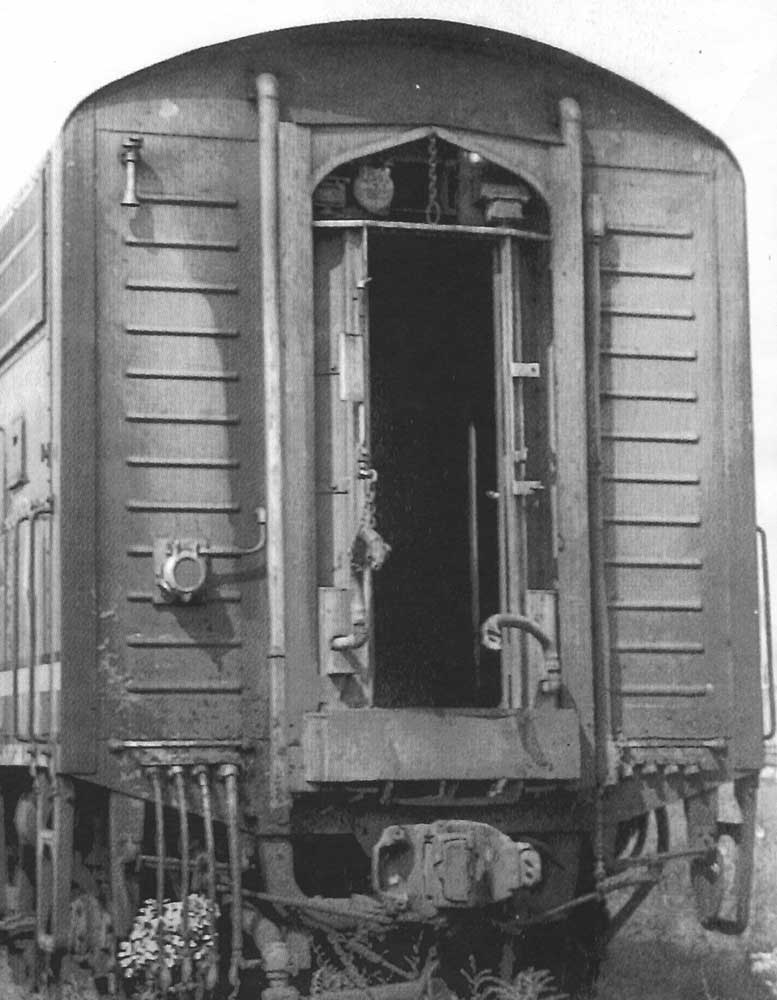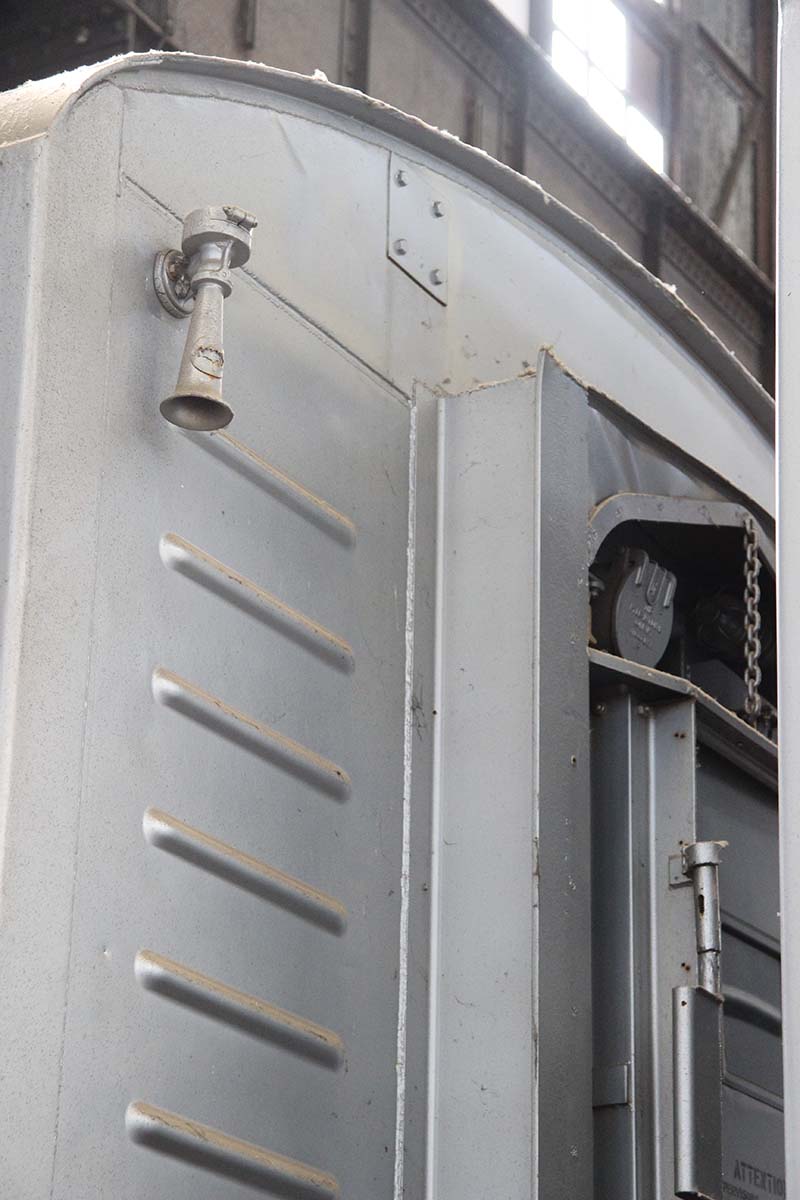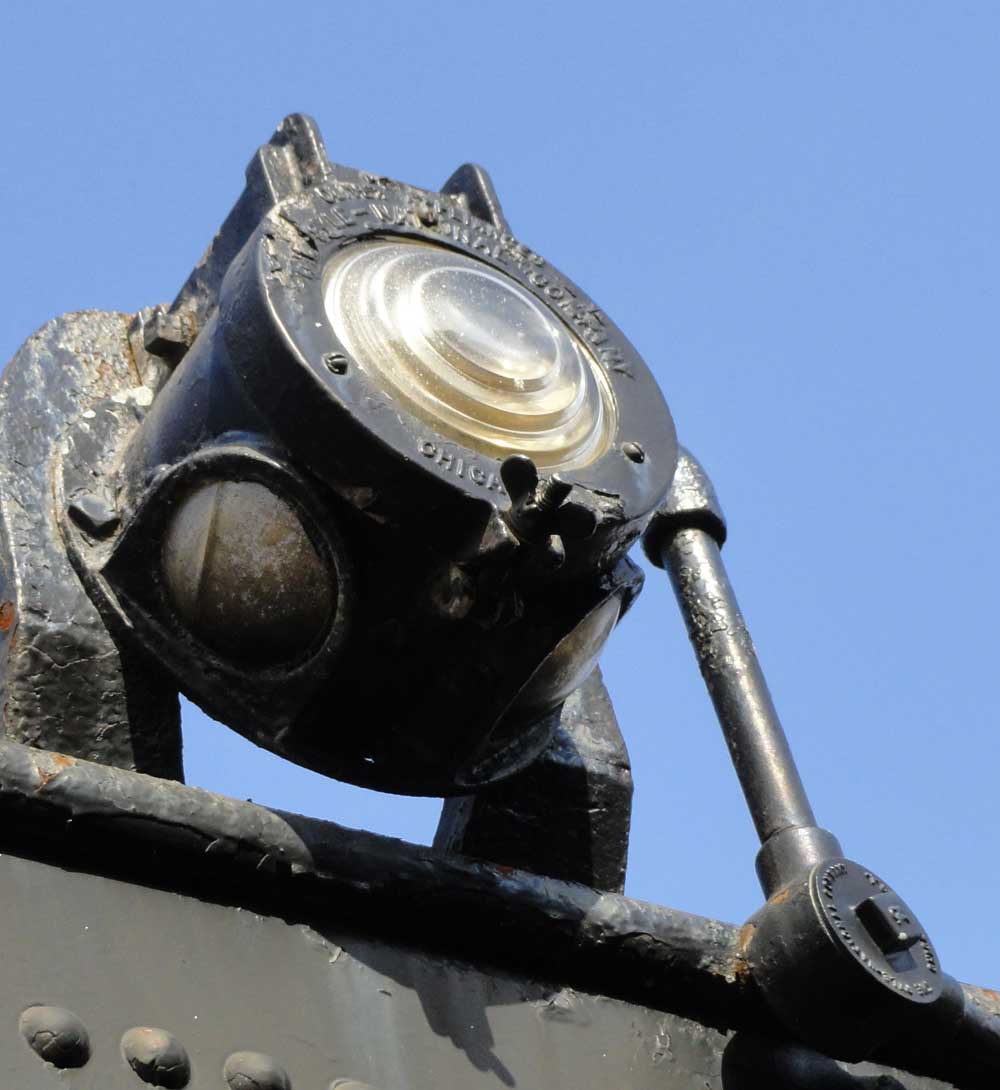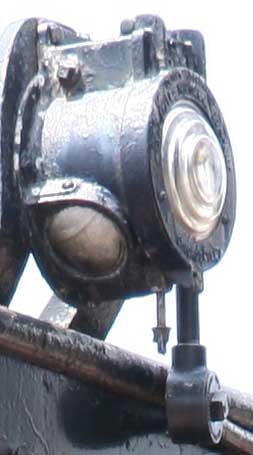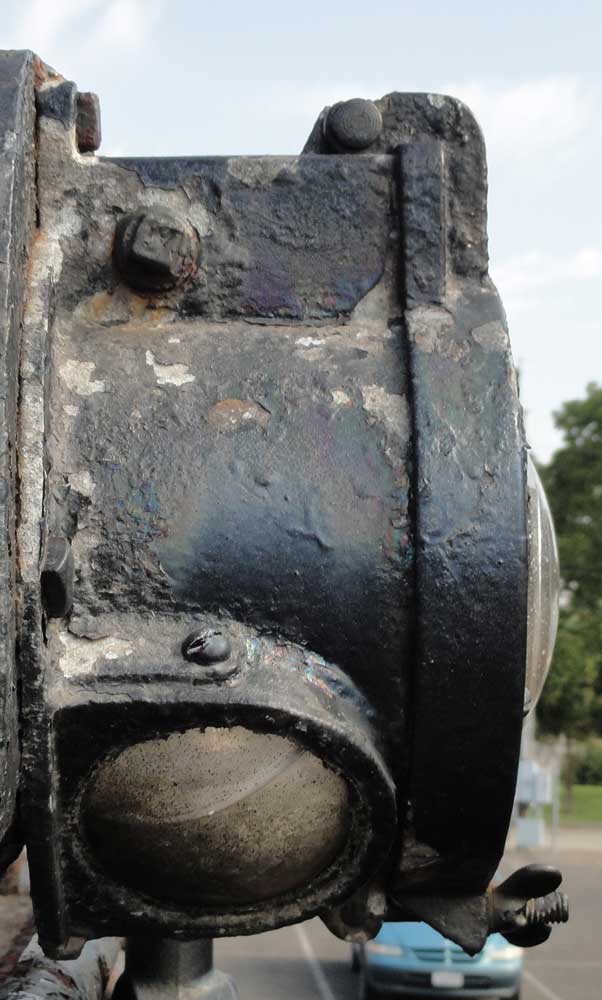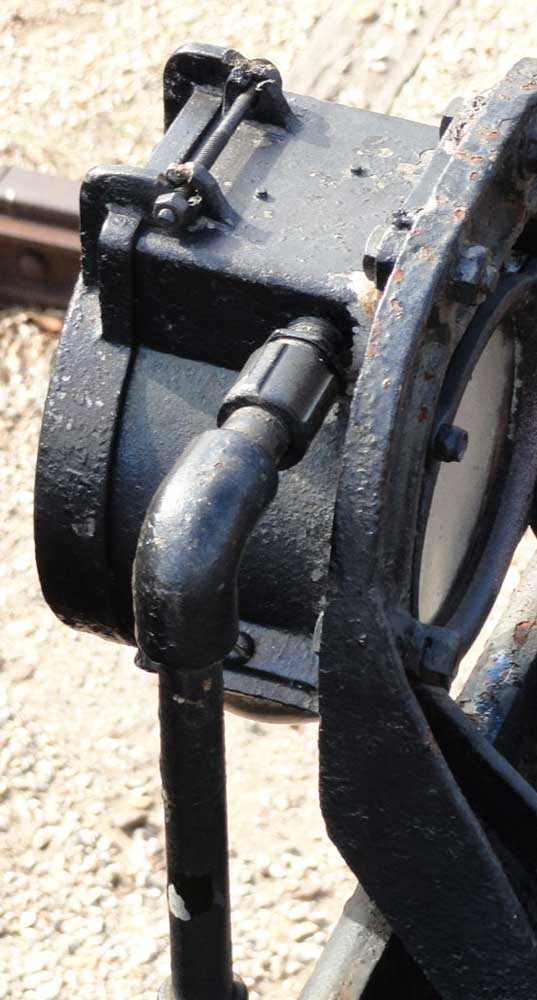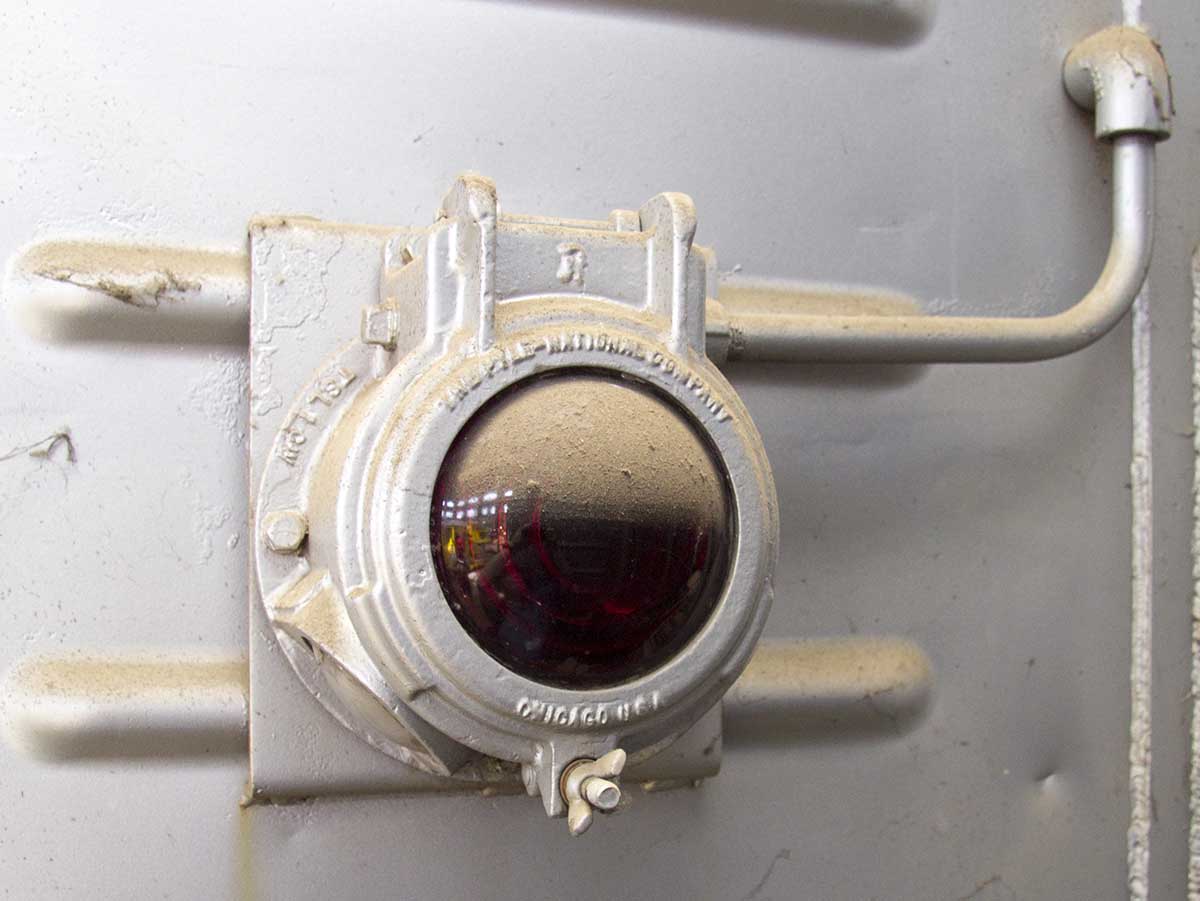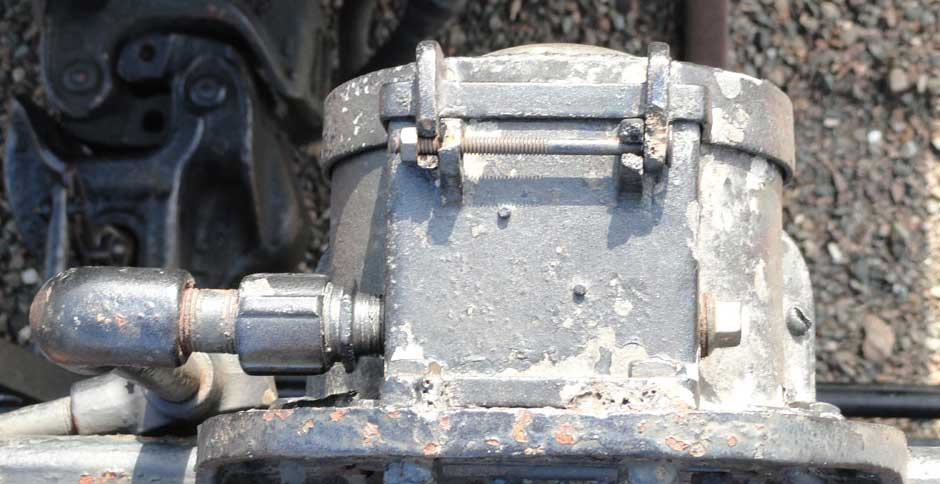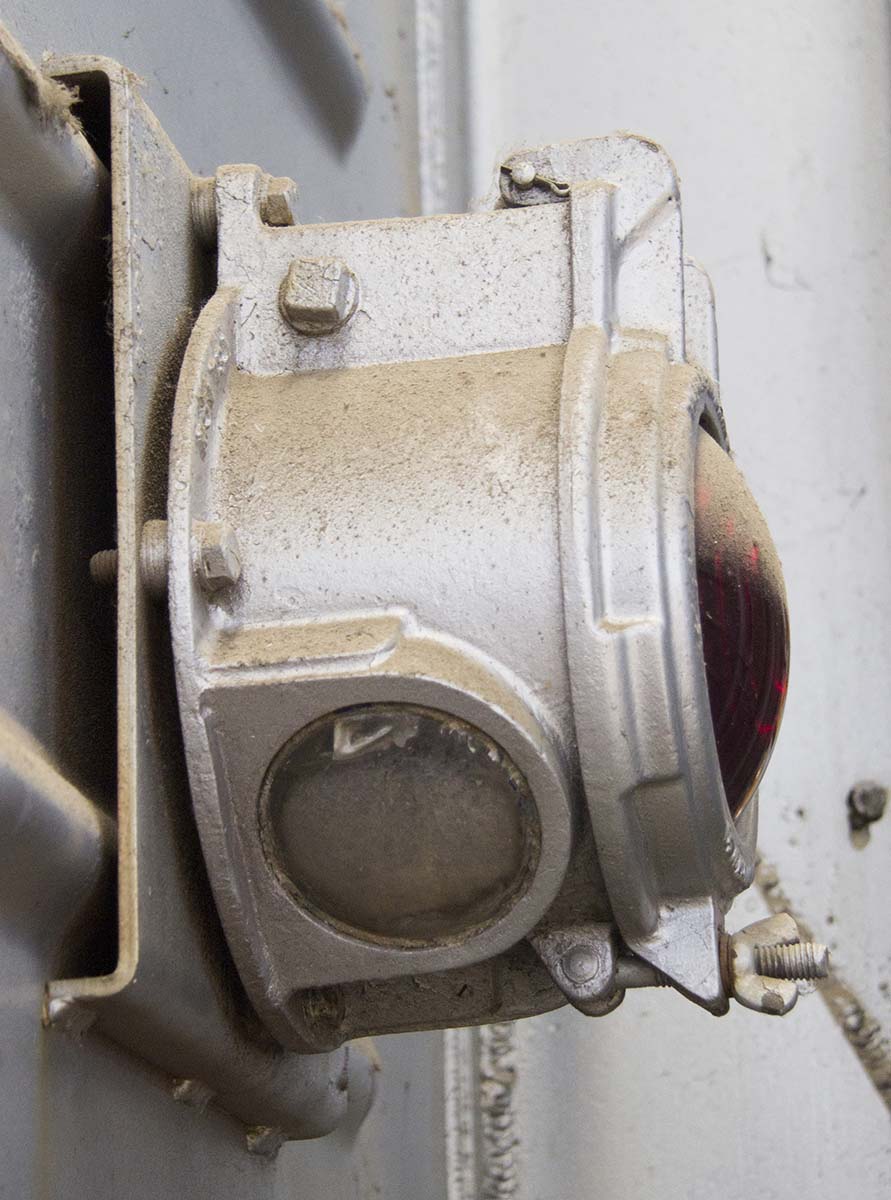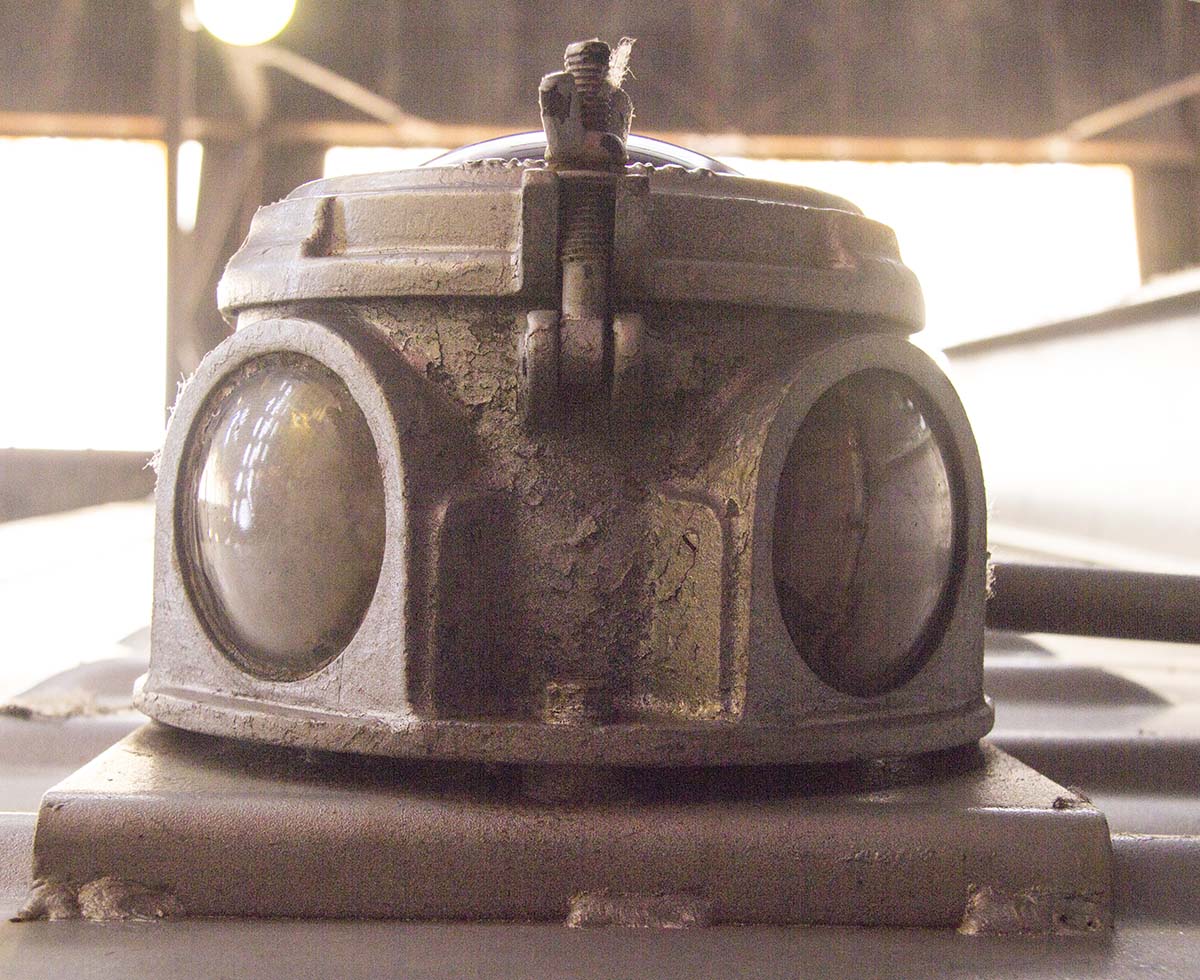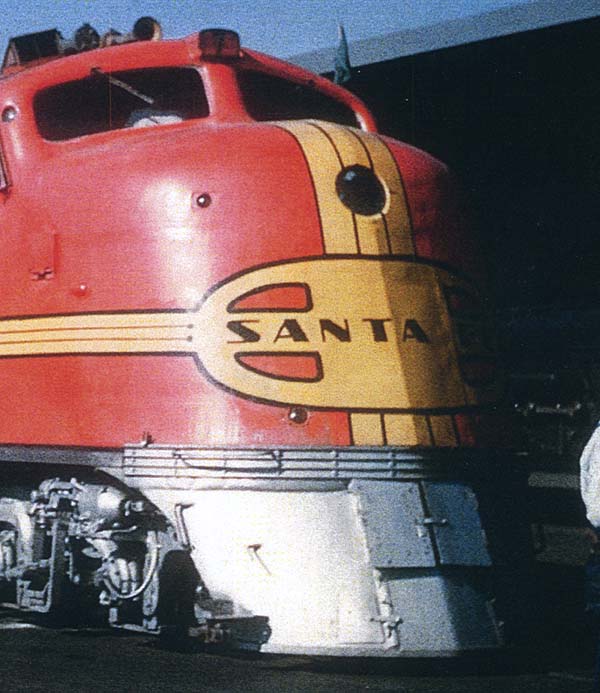Santa Fe Locomotives Rear Red Light and Hostler Horn Updated 2-23-2016 Operating Department Rules, revised 1927 and subsequently 1948, contain Rule 18(A) which states: "By night, a detached road engine engine when in yard under conditions not requiring the display of markers, must display a red light on the rear or the tender or unit." This rule was satisfied by the red light on the top of the rear of the tender (fireman’s side), or the red light on the rear of the B or booster unit. E units running as “A-A” sets (as they did frequently on the San Diegans) had red lights install on the lower nose (on the engineer’s side). Sometime after 1953, this rule was amended by removing the word “red” as in “red light." Yard limits has nothing the do with this. Yard limits refers to the ability to occupy the MAIN line within specified limits without schedule or train order authority. The rule for this was 93 and reads, in part, “Stations having yard limits will be designated by special rule in the timetable. Within yard limits, train and engines may use paint track not protecting against second class and extra trains or engines, but must give way as soon as possible upon their approach. All except first class trains bus move within yard limits prepared to top shop of train, obstruction or switch not properly lined; the responsibility for accident with respect to second class and extra trains or engines rest with the approaching train or engine…” The rule goes on to talk about first class trains moving against current of traffic. Many modelers think that yard limits define where a yard is, but a yard is defined, again by the rule book: “YARD. A system of tracks within defined limits provided for the purpose of making up of trains, storing of cars and other purposes, over which movements not authorized by time table, or by train order, may be made, subject to prescribed signals and rules or special instructions.” Santa Fe had red lights on the rear of all of their locomotives. This included being on both ends of booster units. These lights were only illuminated when the engines were running light. Note also the hostler horn found on the "front" end of B units. N scale horns from Kato work nicely for HO, 2/$1 from their website. 318-920021 (Black), 920023 (Silver). Ackert Industries makes the steam tail lights. I know of no other commercial part that exactly duplicates these lights, but Details West 235-263 (BL-162) E & F Unit Back-Up Light with M.V. Products 516-220 red lense are good substitutes. Sunrise Enterprises did make N-624 that worked well, but they are out of business. 603 LEDs can be inserted to make them operational. Broadway Limited captured these best in plastic for their 3800 2-10-2 and will have them on their E1 diesels. The lights appear to be the same or very similar to those use on the rear of steam locomotives with a red lens to the rear and two clear lenses illuminated the coupler and grabs. On the steam engines, a clear lens illuminated the deck of the tender. Photos below are of the 3423 preserved in Temple, TX. Below are the lights on 347C at the California State Railroad Museum. The E1 locomotives used on the Golden Gates and San Diegans 3L, 4L, 5L, 7L, and 8L received red lights in their noses just above the anticlimber to satisfy the same rule. I can remember hearing that some Cajon helpers also received this treatment, but I can't locate that information at this writing.
|
